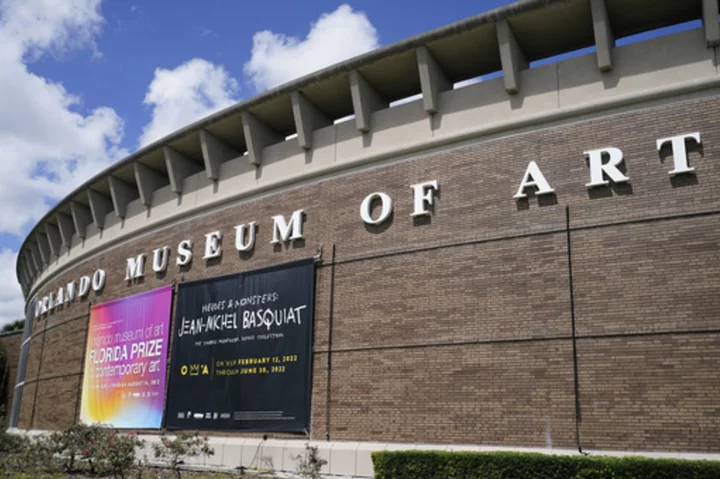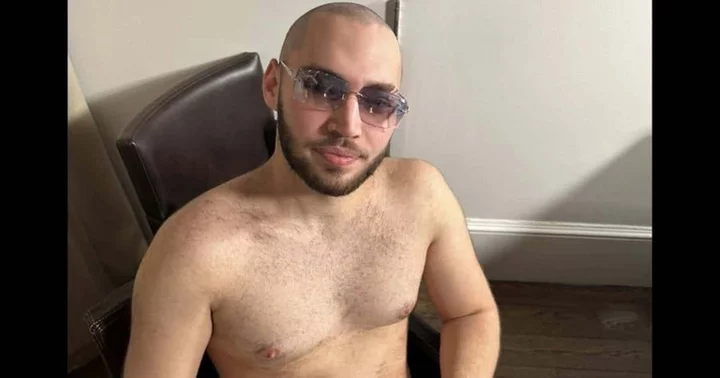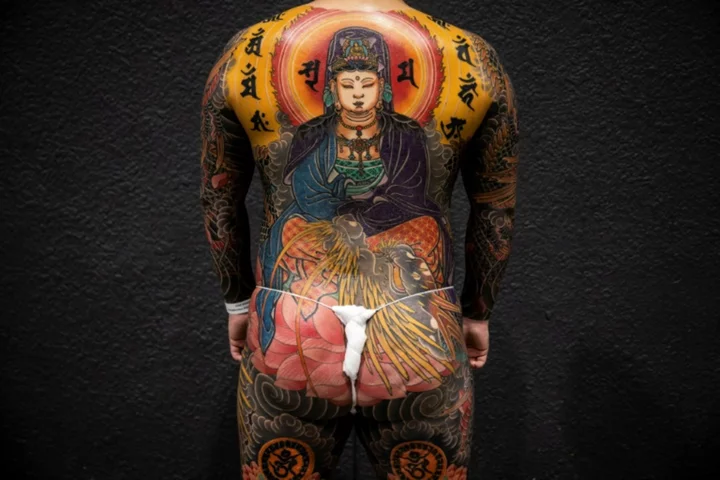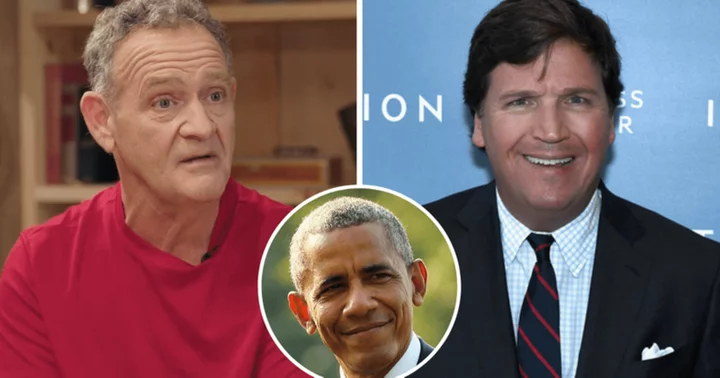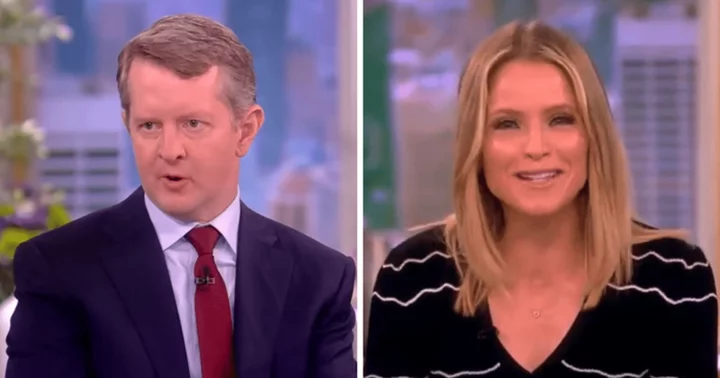ORLANDO, Fla. (AP) — A former executive director of a Florida museum that was raided last year by the FBI over an exhibit of what turned out to be forged Jean-Michel Basquiat paintings filed counterclaims Tuesday against the museum, claiming wrongful termination and defamation. The countersuit comes months after the institution sued him and others over the scandal.
Former CEO Aaron De Groft said in court papers in Orlando, Florida, that the board chairwoman and outside lawyers for the Orlando Museum of Art had signed off on the exhibit, even after the FBI had subpoenaed the museum's records over the exhibit in July 2021.
De Groft said he was being made a scapegoat and that the museum’s lawsuit against him was a public relations stunt to save face and make him “the fall guy.” De Groft was fired in June 2022 after the FBI raid.
After reviewing documents and interviewing De Groft and other staff members, the outside lawyers told the executive director and chairwoman that there was no reason to pull the plug on the exhibit, as did FBI investigators, De Groft said in court papers filed in state court.
“These two statements fortified Defendant’s belief that the 25 paintings were authentic Basquiats,” said the former museum CEO.
De Groft is seeking more than $50,000 for wrongful termination, defamation and breach of contract.
An email seeking comment was sent Tuesday evening to a spokeswoman for the Orlando Museum of Art.
In the museum's fraud, breach of contract and conspiracy lawsuit against De Groft and others, the institution claims its reputation was left in tatters, and it was put on probation by the American Alliance of Museums.
Basquiat, who lived and worked in New York City, found success in the 1980s as part of the neo-Expressionism movement. The Orlando Museum of Art was the first institution to display the more than two dozen artworks said to have been found in an old storage locker decades after Basquiat’s 1988 death from a drug overdose at age 27.
Questions about the artworks’ authenticity arose almost immediately after their reported discovery in 2012. The artwork was purportedly made in 1982, but experts have pointed out that the cardboard used in at least one of the pieces included FedEx typeface that wasn’t used until 1994, about six years after Basquiat died, according to the federal warrant from the museum raid.
Also, television writer Thad Mumford, the owner of the storage locker where the art was eventually found, told investigators that he had never owned any Basquiat art and that the pieces were not in the unit the last time he had visited. Mumford died in 2018.
In April, former Los Angeles auctioneer Michael Barzman agreed to plead guilty to federal charges of making false statements to the FBI, admitting that he and an accomplice had created the fake artwork and falsely attributed the paintings to Basquiat.
___
Follow Mike Schneider on X, formerly known as Twitter: @MikeSchneiderAP.

